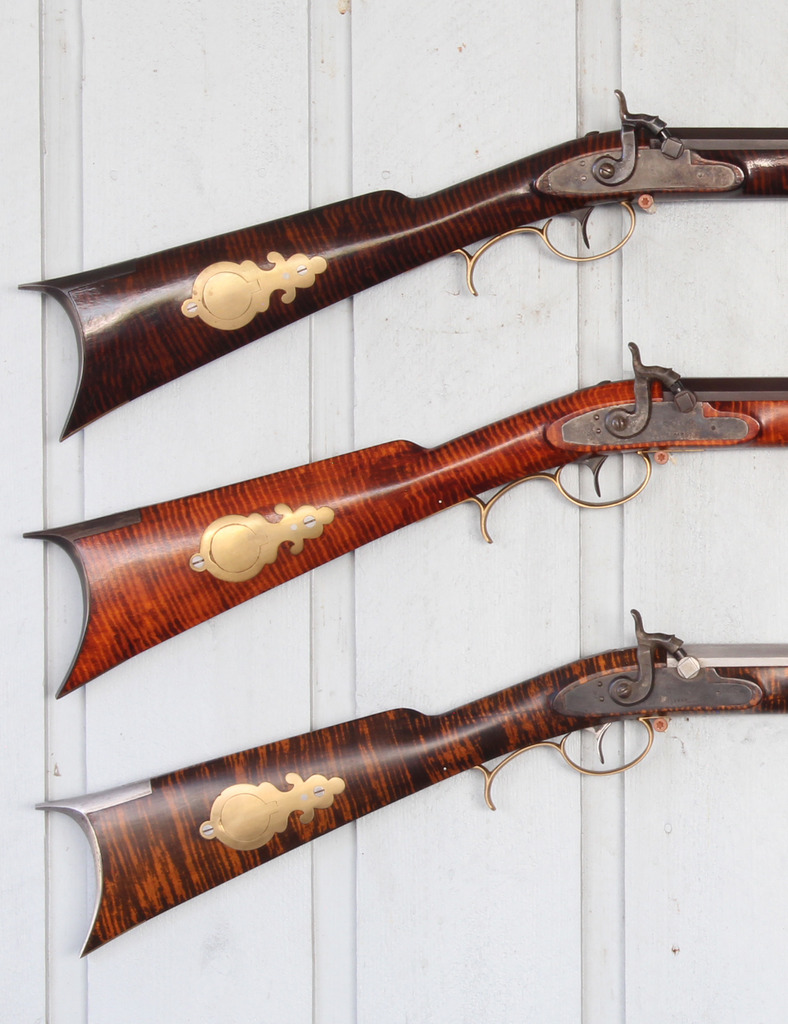Yellowhouse
32 Cal.
- Joined
- Nov 12, 2007
- Messages
- 29
- Reaction score
- 1
Wanting to make my own using wrought iron filings. Is 0.1N Nitric acid strong enough to handily dissolve the iron?

Do not breathe any of the red-brown fumes...Yellowhouse said:Wanting to make my own using wrought iron filings. Is 0.1N Nitric acid strong enough to handily dissolve the iron?
Black Hand said:Do not breathe any of the red-brown fumes...Yellowhouse said:Wanting to make my own using wrought iron filings. Is 0.1N Nitric acid strong enough to handily dissolve the iron?
Dissolve as much iron as the acid will handle.

It's basically a stain or dye painted on the stock. Jack Brooks describes the technique on his website.apachesx2 said:What do you mean artificial striping? How did you add striping beyond the wood?
Enter your email address to join: